
The Evil Within 2 (PS4) - Review
by Evan Norris , posted on 16 October 2017 / 7,215 ViewsThe Evil Within 2 is technically a sequel to Shinji Mikami's 2014 survival-horror game The Evil Within. It features many of the same characters, mechanics, and gory milieu. Yet its design philosophy is so strikingly different from its forebear as to be unrecognizable at times. The Evil Within was a thesis paper on the preceding 18 years of survival horror, whereas The Evil Within 2 is a hodgepodge of open-world level design, role-playing elements, and psychological horror tropes that work together only sporadically. Where The Evil Within felt like the work of a single auteur, The Evil Within 2 seems like it was designed by committee.
The Evil Within 2 picks up three years after the events of the first game, in which detective Sebastian Castellanos entered the deranged virtual reality of a killer's mind. Still tortured by that experience, and by the disappearance of his wife and death of his daughter Lily, Sebastian finds himself at the bottom of a bottle. At this lowest of low points, a light of hope enters Sebastian's life: Seb's former partner Juli Kidman, who reveals that Lily is still alive and trapped inside another virtual world gone haywire. Now Sebastian needs to enter a new nightmare to save his little girl.
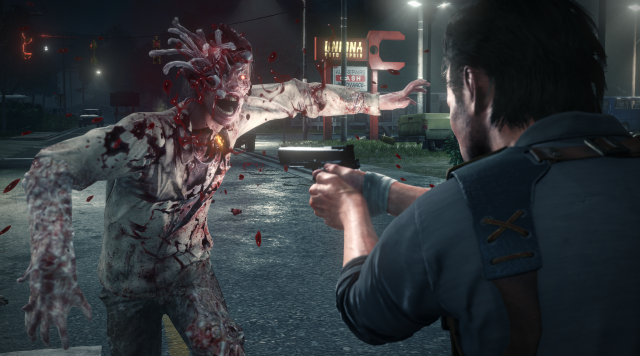
Those who played the first game might remember its cryptic, sometimes impenetrable story. In order to satisfy fans left nonplussed by the premier game's opaque plot, the developers at Tango Gameworks have turned 180 degrees with the sequel, making storytelling a priority and writing pages of expository dialogue. The result is a lot of talking, a lot of listening, a lot of plot set-up and world-building, and a lot of cinematic aspirations that detract from the overall experience. For Mikami in The Evil Within, the plot was a clothes line on which to hang interesting levels and enemy encounters. In the sequel, the plot drives the action, with mixed results.
Ironically, the narrative linearity in The Evil Within 2 gives way to gameplay that's far more open-ended than its predecessor. Gone are the discrete, self-contained nightmares of The Evil Within, replaced with a large, mostly open town named Union. Here, Sebastian can explore at his leisure, take on side quests from NPCs, and scavenge for materials. It's a meaningful gameplay shift, one that works well at first. Players can delay the main quest in order to take on optional missions, many of which have meaningful rewards like rare weapons and upgrade materials. You might also get some insight into a particular NPC's life, or a collectible photo slide.
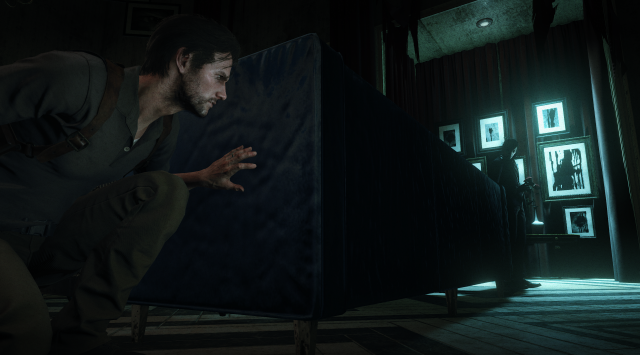
Union starts to fall apart, literally and figuratively, after this initially strong first impression. Its suburban environments, repeated ad nauseum, grow tepid after a while. Its mission structure, heavy on backtracking and busy work, proves frustrating. The Evil Within 2 is a refreshingly long game — 17 hours with side content included — but a significant chunk of that running time is padded with fetch quests and other random chores. Much of the game is spent in the featureless gray corridors of "the marrow," which connects Union's semi-open environments.
The game's open world experiment is ultimately unsuccessful, not because survival horror and sandbox are bad bedfellows — State of Decay proves otherwise — but because Tango didn't create a compelling place in which to operate.
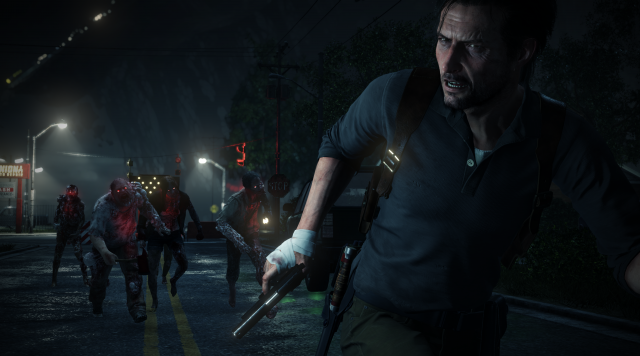
Another drawback of the game's open-ended level design is an almost complete lack of tension and suspense. For a horror game, The Evil Within 2 is not scary at all. Should Sebastian become overwhelmed by enemies he can simply run away until the monsters give up their chase, or scurry to the nearest safe house where a warm cup of coffee waits to refill his health bar. Similarly, inventory management is an afterthought. Sebastian can create bullets, crossbow bolts, and healing syringes at work stations or even on the go, and since Union is littered with materials, he'll never go wanting.
While The Evil Within 2's open world is, generally, boring and fright-free, its combat and stealth mechanics are excellent. Sebastian can move in and out of cover effortlessly, and use a number of environmental fixtures to confuse, disorient, or destroy roaming monsters. Clever players will knock over oil drums, lure monsters over to the spill with a well-placed bottle, then fire a round and set the whole thing ablaze. Similarly, an electrified bolt fired into a puddle will dispatch a group of baddies all at once. It's during improvised moments like these that the true potential of the game's open nature reveals itself.
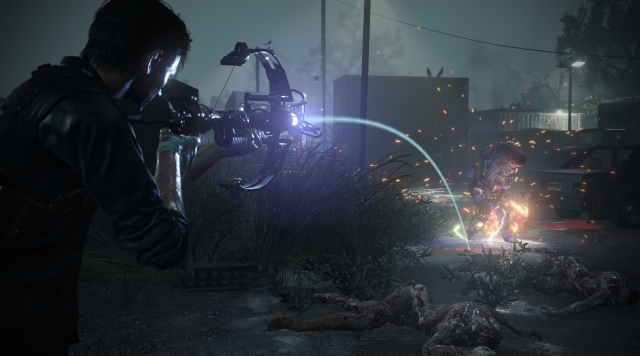
Better still, the game provides a skill tree system, modified from the original, that allows players to transform Sebastian into a hero best suited to their play styles. They might invest in combat training, which steadies Seb's aim and even grants him the ability to momentarily slow time. Or they might go for a stealth build, and unlock a skill that allows Seb to stealth kill around corners — a truly game-changing mechanic. Modifications to health, stamina, and defensive manoeuvres affect similarly how the game is played.
All of this is done via a portal in Sebastian's room, a recreation of Krimson City Police HQ placed inside the virtual reality that is Union. Here players can upgrade Seb, receive communications from the outside world, view collectible photo slides, and even partake in a shooting mini-game, in the style of Resident Evil 4. There's a traditional shooting gallery and a chain attack game where you'll shoot same-colored targets for a high score. It's a fun and challenging diversion.
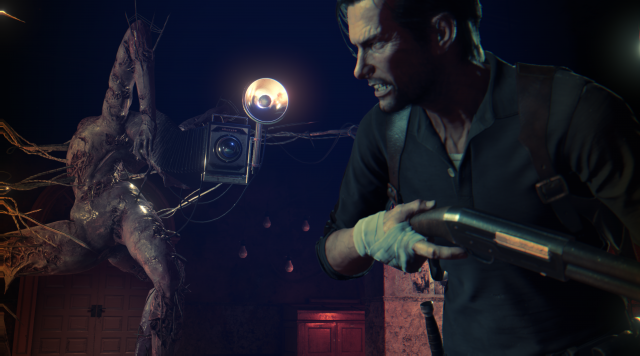
The Evil Within featured some horrifying and grotesque monsters, and its sequel continues that trend. There are zombified humanoids with bubbling flesh; centipedal horrors that slink through the grass; and, the pièce de résistance, a towering multi-headed abomination formed from piles of discarded bodies, carrying a buzz saw. There are also a handful of gruesome boss creatures, although none that live up to The Keeper or Laura from the first game.
When first you see these monsters, and the torrents of blood and piles of viscera that accompany them, it's easy to remember the origins of this still young franchise. As you're trudging back and forth through generic passageways and suburban streets, feeling empowered and unafraid, it's easy to forget. The Evil Within 2 adopts a lot of mechanics and gameplay elements that were popularized in other titles — Resident Evil, Silent Hill, Dead Space, The Last of Us — but doesn't marry them to the needs of survival or horror convincingly. In an attempt to make The Evil Within more palatable to a mainstream audience, Tango and publisher Bethesda have muted its unique voice.
This review is based on a digital copy of The Evil Within 2 for the PS4, provided by the publisher.
More Articles
We've pretty much discussed this already, but this was a good read still. Disappointing to see that the game hit a generic note with you, and the lack of wacky craziness with Union for a more straightforward degeneration is also a miss. Not much of a mention of this game's bosses, aside from a few lines.
At least it seemed that you enjoyed the actual combat enough to find it satisfying.
I still have this sitting on my shelf, I should really start it.
better than evil within1, but not awesome - the characters looks "okay", the story too. But the world is a little bit boring in my opinion. ps. i want a Clock Tower 3 Remake, or Haunting Ground 2 -








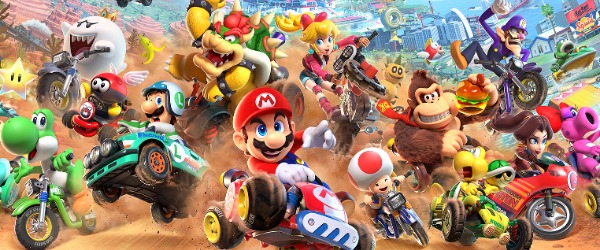
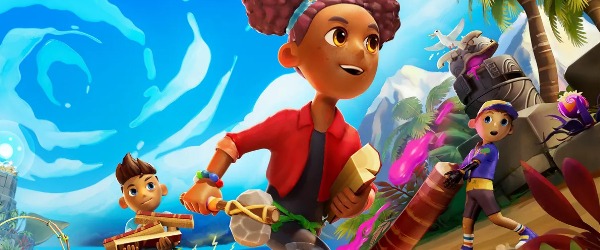
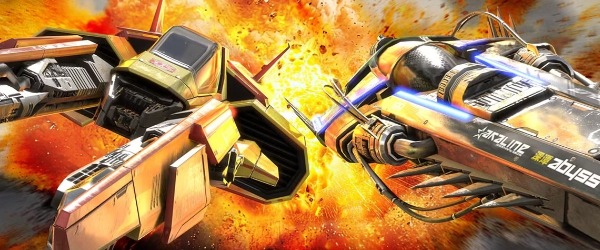
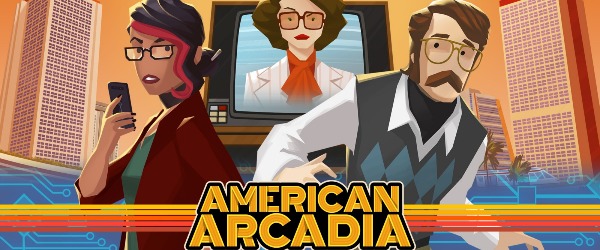










 Essay Pro
Essay Pro